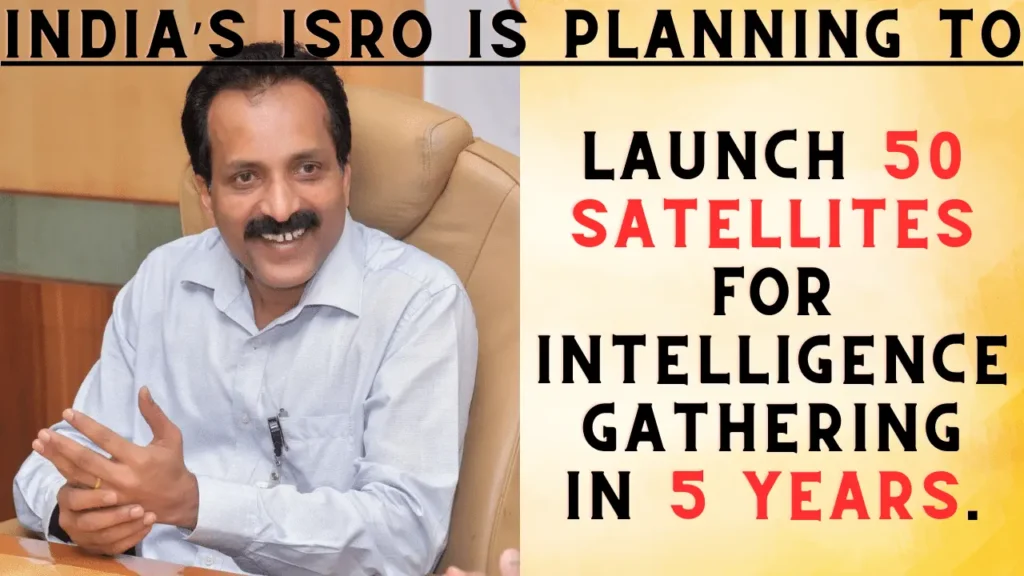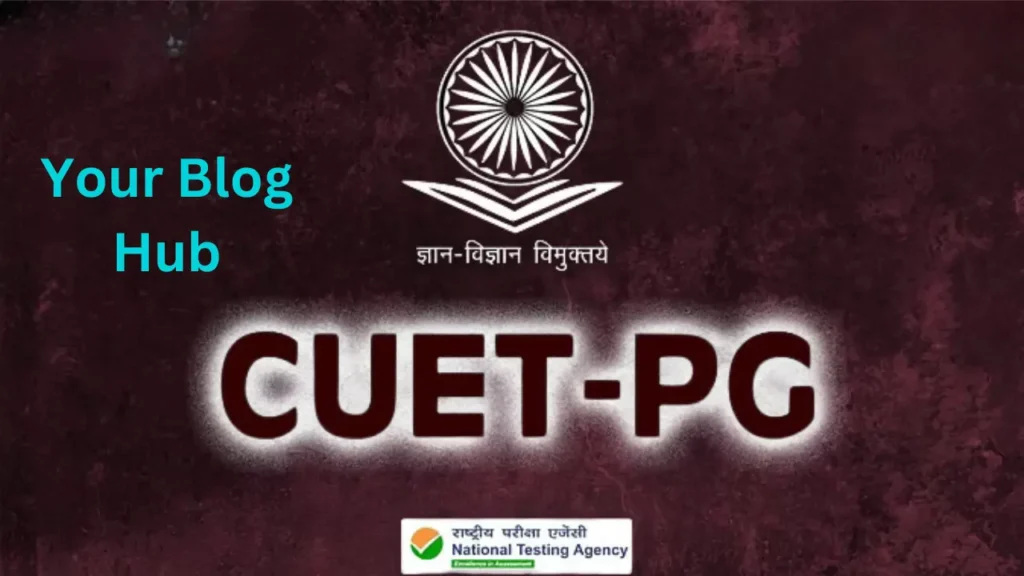According to S. Somanath, chairman of the Indian Space Research Organisation (ISRO), India plans to launch 50 satellites in the next five years for the purpose of gathering geointelligence. This will involve building a layer of satellites in various orbits that will be able to track troop movements and image thousands of kilometres of territory.

He stated that the current size of India’s satellite fleet is insufficient to achieve the country’s aim of becoming a powerful nation and that it should be “ten times what we have today” while addressing at `Techfest,’ an annual science and technology event hosted by the Indian Institute of Technology Bombay here.
According to him, it was critical to increase satellites’ capacity for change detection, introduce a more data-driven and AI-related approach to data analysis, minimise data downloads, and obtain only the information that was required.
The head of ISRO stated that spacecrafts can monitor a nation’s borders and surrounding areas.
According to S. Somanath, chairman of the Indian Space Research Organisation (ISRO), India plans to launch 50 satellites in the next five years for the purpose of gathering geointelligence. This will involve building a layer of satellites in various orbits that will be able to track troop movements and image thousands of kilometres of territory.
He stated that the current size of India’s satellite fleet is insufficient to achieve the country’s aim of becoming a powerful nation and that it should be “ten times what we have today” while addressing at `Techfest,’ an annual science and technology event hosted by the Indian Institute of Technology Bombay here.
According to him, it was critical to increase satellites’ capacity for change detection, introduce a more data-driven and AI-related approach to data analysis, minimise data downloads, and obtain only the information that was required.
The head of ISRO stated that spacecrafts can monitor a nation’s borders and surrounding areas.
“Satellite imagery shows it everything. With this capacity, we have limitless possibilities. To address this, we have been launching satellites, but we need to approach it with a much more critical eye because the ability of any nation to comprehend what is going on around it is what gives it power, Mr. Somanath stated.
According to him, several satellites are being planned and assembled.
‘We have already configured 50 satellites to be realised in the next five years and this is going to be launched for India for supporting this particular geo-intelligence capability over the next five years plus “period”,’ the head of ISRO stated.
Threats to India can be better reduced if the nation is able to deploy satellites on this scale, according to Mr. Somanath.
‘We have found out a way by which a layer of satellites can be launched starting from GEO “geostationary equatorial orbit” to LEO “lower earth orbit” and also in very low earth orbit where we need very critical assessment of some situation,’ he stated.
According to Mr. Somanath, this is a new field that is emerging in thermal, optical, SAR (synthetic aperture radar), and other technologies.
“Satellite communication will enable a satellite with a wide field of vision to detect objects at a general equilibrium orbit “GEO” of 36,000 km. In the event that activity is discovered, a second satellite in a lower orbit can be assigned to investigate much more thoroughly before providing further details,” the speaker stated.
Additionally, we are imaging thousands of kilometres, not just a tiny area, and our goal is to cover entire boundaries in regular cycles. If we can launch these satellites in the next five years, we are establishing a great capability,” he stated.
The total number of satellites in the country, 54 at the moment, according to Mr. Somanath, “just not enough” for a country like India that aspires to be strong and powerful.



